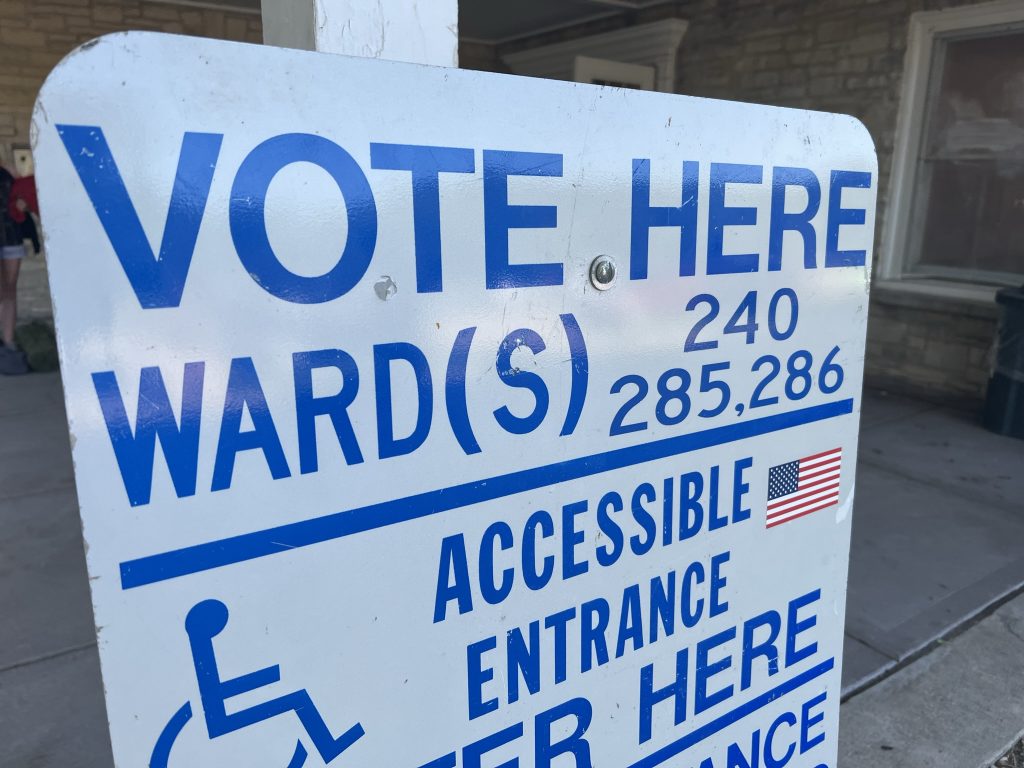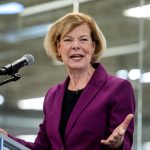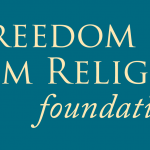Wisconsin’s Youth Turnout Led Nation in November Midterm
48.7% of state's voters aged 18-24 turned out, Census Bureau numbers show.
Wisconsin’s young voter turnout led the nation in last November’s elections, according to new data from the U.S. Census Bureau.
That data, which is subject to a wide margin of error, shows nearly half of voters aged 18-24 cast a ballot in the contest that reelected Democratic Gov. Tony Evers and sent Republican U.S. Sen. Ron Johnson back to Washington for a third term.
The numbers reflect an upward trend of voter engagement among young people, according to Abby Kiesa, the deputy director of Tufts University’s Center for Information and Research on Civic Learning and Engagement, which researches youth civic engagement.
“In some ways, we kind of feel like we’re seeing a little bit of a new normal with respect to youth voter turnout over the past three election cycles,” Kiese said.
Political organizers in Wisconsin say the numbers indicate that young people will participate if given the tools and information to do so. In a state where many races are decided by razor-thin margins, this population sees its voice as able to make a difference, said Ali Beneker, 19, who chairs the University of Wisconsin-Madison chapter of College Republicans.
“When we have 10 statewide elections in the last 22 years that were decided by less than 30,000 votes, and then you look at the UW-Madison campus, and we have around 50,000 people, that’s a huge impact that college students can have on Wisconsin elections,” she said. “I think that students are starting to realize the power we have.”
Organizing students can be tricky because campus populations, by definition, are in constant flux, said Brianna Koerth, 25, who was the youth organizing director for the Democratic Party of Wisconsin in November. But Wisconsin’s turnout numbers show the benefit of investing in new voter education, she added.
“Students are becoming regular voters, and, in Wisconsin, we’ve … been lucky to have programs that have invested in getting students to go (vote),” she said. “I think that has shown time and time again that it does matter.”
Building a culture of voting, early and often
According to the Census numbers, 48.7 percent of young Wisconsinites turned out in November, followed closely by Michigan, another state with a recent history of close elections. Other swing states, including Pennsylvania, Georgia and Colorado, were also in the top ten of youth voter turnout rates.
Competitive races are often a driver of youth voter turnout, said Kiese, but not inherently, and not by accident. Rather, organizers can leverage the high profile of those contests — like Wisconsin’s gubernatorial and U.S. Senate contests — to welcome new voters into the process of democracy.
“It’s the fact that they’re talked about more during the news more, people are being reached out to more,” she said. “And that conversation, that information accessibility … means that those young people are more likely to turn out to vote.”
Wisconsin’s youth also benefit from a culture of voting — the state as a whole has a history of high voter engagement — and from certain policies, like same-day voter registration, that benefit new voters just learning the ropes, said Kiese.
According to research from the Brookings Institute, Gen Z and Millennials — two groups that collectively include people aged 9 to 40 — will comprise most of the U.S. electorate in the next six years, and more than sixty percent of voters by 2036.
While those voters will no longer be quite so young by that time, research suggests that people’s early voter choices tend to stay the same over time. That means that making inroads with voters early can yield dividends over decades, Kiese said.
“Once someone participates in an election, they’re much more likely to participate in future elections,” she said. “When you look at the historical census data, young people in Wisconsin have been turning out at higher rates than the national rate for many, many election cycles now.”
Both parties stand to benefit from investing in young voters
Young people may have been especially pivotal for Democrats in the 2022 midterm elections when some exit polling showed voters aged 18-24 supported Democrats by a roughly 25 percent margin.
But organizers shouldn’t take for granted the idea that youth will inherently vote blue, said Beneker, the College Republicans chair. As students become more politically engaged in general, she said her group sees fertile ground for conversations about conservative ideals.
“Now that Wisconsin politics has captured my peers’ attention, Republicans, like myself and my College Republicans chapter, are ready to bring the GOP message to those college students,” she said.
Koerth, the Democratic organizer, agreed that young voters are neither an anomaly, nor a bloc for progressives to take for granted.
“We need to be communicating, often and early, about the fact that (the 2024 election) does apply to them, and this is how Democrats are fighting for them, and this is how progressives are fighting for them,” she said.
Both activists said their parties would do well to build on the momentum of 2022 going into 2024. That means focusing on issues that affect young people specifically, and bridging the gap between caring about those issues and casting a ballot.
“There is nothing healthy in the thought that students don’t care enough to vote,” said Koerth. “There are things that make getting to the polls challenging for students, and we need to be having conversations with them to make it obvious that they are able to vote and we can help them vote.”
While the 2022 midterms are the most recent election for which U.S. Census data is available, young voters also turned out in force in Wisconsin’s April state Supreme Court election. That race saw Judge Janet Protasiewicz, the candidate favored by liberals, win statewide by 11 percentage points.
Listen to the WPR report here.
Wisconsin led the nation in youth turnout in the November midterms was originally published by Wisconsin Public Radio.






















I think that many young voters and those getting close to the legal age for voting will all keep in mind that the Republican Party did nothing in reaction to all of the school shootings while a elected officials demeaned the Park survivors who were advocating for gun safety laws. The Republicans are also the party that has done as much as it could to make it harder for young persons to vote. The Republicans in their efforts may have help create a permanent block of independent and Democratic voters.